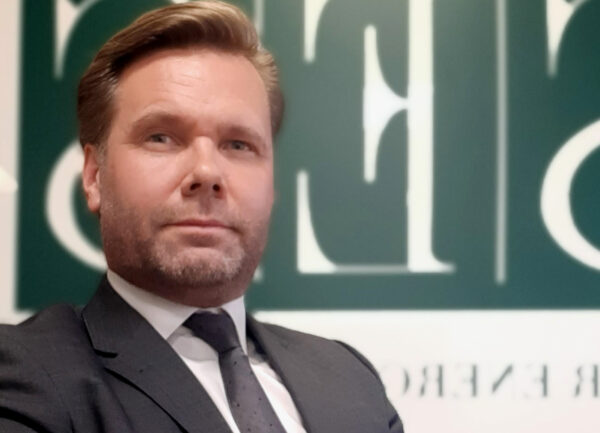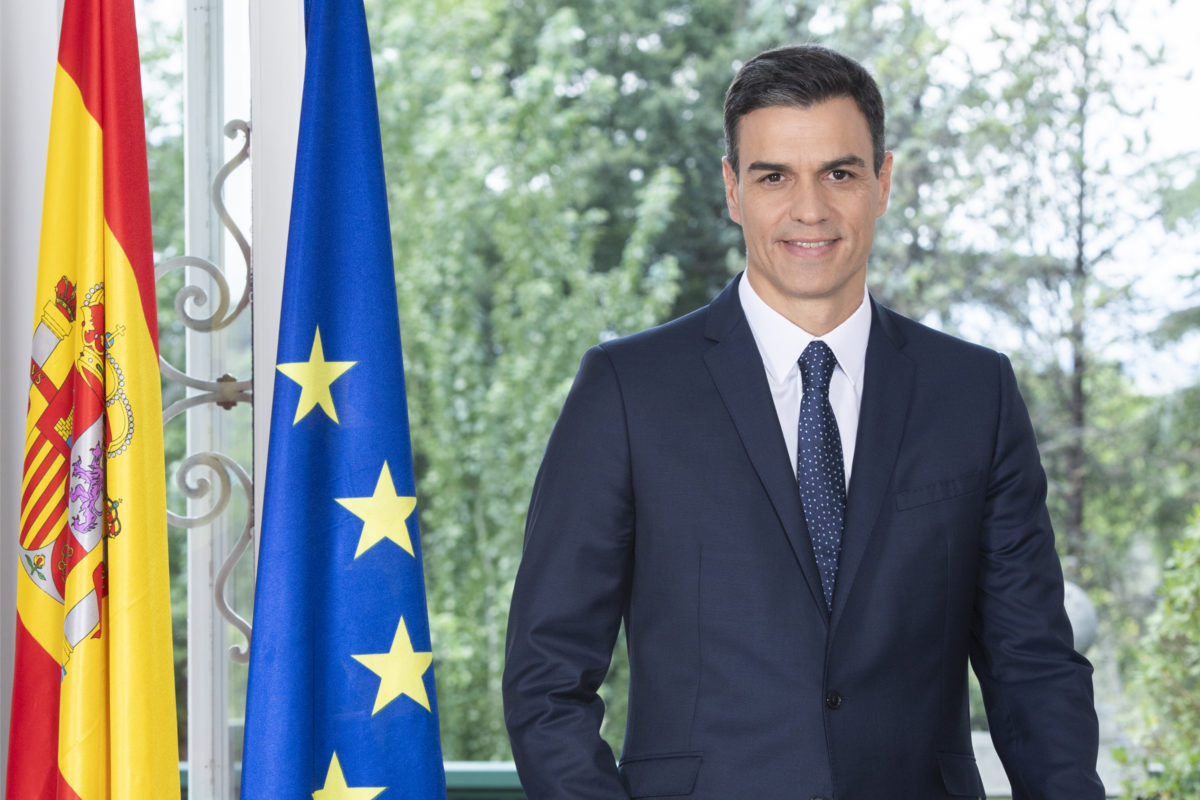Are Spanish renewables-project sale prices tumbling because of the enormous success of solar in eroding daytime energy prices? Could the looming election have a direct impact on renewable energy development? To forecast Spain's future renewables market, it's important to first examine its past.

SES
Thanks to abundant sunlight, well-developed transport infrastructure, and large unused tracts of land, Spain is a natural location for renewables development, particularly solar.
Look back only as far as the 2000s, however, and Spain wasn't an attractive prospect for renewables investment. To attract clean power investors, the Spanish government had introduced subsidies which drove remarkable growth and, by 2010, Spain had become a world leader in concentrated solar photovoltaics (CSP).
Progress was rapid: renewable energy capacity doubled between 2006 and 2012 as the subsidies bill in the later year reached €8.1 billion ($8.83 billion). The overwhelming success of the subsidies, however, led to their downfall – that level of financial support was unsustainable, necessitating a policy overhaul.
In response, the government in 2012 imposed a 7% tax on all electricity and, by 2015, it introduced an even more radical measure – the “sun tax.” This levy targeted solar installations and even affected homeowners using solar panels for personal consumption. Suddenly, solar energy consumers were liable for the same grid fees as other electricity users. Owners of PV systems with a generation capacity of more than 10 kW had to pay a tax based on installed power capacity and the electricity they self-generated and consumed (albeit with some exceptions).
Policy u-turn
The pendulum had swung back – the heavy tax led to a dramatic drop in appetite for renewable energy investment. Pressure on the domestic and international fronts eventually led Spain to abolish the sun tax in 2019 – just a fortnight before a parliamentary election, many noted.
Since scrapping the sun tax, Spain has returned to rapid growth in renewables, attracting national and international investors at an unprecedented pace. Some argue this solar boom could lead to a significant drop in energy prices and instances of renewable energy meeting 100% of mainland Spain's demand corroborate the argument. Notably, on May 16, Spain achieved a key milestone when it produced enough renewable energy to power the mainland for a continuous nine hours.
Will that mean a drastic drop in Spanish energy prices? Is the nation approving too many renewables projects too quickly? Should taxes be re-introduced if prices keep falling? Only time will tell. Under the country’s National Energy and Climate Plan 2021-2030, the goal is for renewables to supply 42% of final energy consumption and 74% of power generation this decade, and 100% by 2050. The plan involves installing 30 GW of solar as well as 22 GW of wind, 5 GW of CSP, 3.5 GW of pumped hydro storage, and 800 MW of biomass capacity – a substantial investment.
The wider picture
Last year's geopolitical developments pushed energy policies and markets into new territory, with Spain leading the way by favoring a market-based approach. Investment decisions now depend more on energy consumers than on the government but, to maintain investor interest in a competitive global market, the country must efficiently process permits and licenses to become a top contender for solar energy investment. While the solar ecosystem has experienced rapid transformation, consumers are still catching up – a process that may take years. Right now, they have access to low-cost electricity during the day but this could change quickly, as increasing numbers of electric vehicles hit the road and home energy storage becomes common.
Spain's goal of producing 74% of its electricity from renewables by 2030 underscores its leading role in wind energy. It also relies heavily on nuclear power, however, which accounts for around 20% of its energy supply – and with those plants likely to shut by 2035, the energy landscape could look significantly different.
Popular content
Such a shift brings opportunities for investment in utility scale batteries and other storage technology, including hydrogen and pumped hydro. The future of the energy market, and particularly its pricing, will be shaped by interactions between producers and consumers in a market that will look very different from today's.
Electricity prices will be subject to fluctuation, largely due to weather-dependent sources. In hydropower-dependent Norway, for example, prices have swung from near-zero during snowmelt to high levels in dry periods. Spain must be prepared for volatility. Alongside other EU nations, the country also needs to enhance transparency and liquidity in long-term contract markets, especially in the power purchase agreements (PPAs) so crucial to hedging energy prices for producers and consumers. Expectations related to spot prices, risk-taking ability, and trading strategies will impact PPA prices.
The current price forecasts are positive and suggest strong investment interest will continue. With the lifespan of projects incorporating 30 years to 35 years, however, investment decisions must be guided by thorough analysis and if expected prices dip below the cost of new plants, investment could stall. At the moment, though, experts predict offshore wind will drive future price levels in Western Europe and they are likely to be higher than solar energy production costs. That bodes well for Spanish solar investment.
Energy system
As Spain reshapes its energy system, the relationship between producers and consumers must remain efficient. An open and effective market system is crucial to fully realizing Spain's renewables potential. Consumers would benefit from dual-access tariffs offering both long-term fixed prices and spot-market levels. This allows adjustments in energy consumption based on hourly prices and the selling of surplus solar power back into the market.
Having navigated a challenging journey over the past 20 years, Spain seems to have found the right path in terms of renewables. Happily, the snap Spanish election appears unlikely to cause major changes in direction as, having learned from previous policy errors, Spain appears set on maintaining investor confidence and drawing foreign infrastructure support.
As the global shift towards greener energy intensifies, the country’s progress can be viewed as an instructive example. The challenges to renewable energy supremacy are significant but with determination, adaptability, and strategic planning, Spain increasingly appears to be one of the best-positioned countries to achieve it.
About the author: Kjetil Torper is a co-founder, chief operating officer, and board member of Solar Energy Structure (SES). He is an experienced executive with extensive knowledge gained from renewable energy transactions. SES has a 4 GW renewable energy portfolio at various stages of development in Spain.
The views and opinions expressed in this article are the author’s own, and do not necessarily reflect those held by pv magazine.
This content is protected by copyright and may not be reused. If you want to cooperate with us and would like to reuse some of our content, please contact: editors@pv-magazine.com.


By submitting this form you agree to pv magazine using your data for the purposes of publishing your comment.
Your personal data will only be disclosed or otherwise transmitted to third parties for the purposes of spam filtering or if this is necessary for technical maintenance of the website. Any other transfer to third parties will not take place unless this is justified on the basis of applicable data protection regulations or if pv magazine is legally obliged to do so.
You may revoke this consent at any time with effect for the future, in which case your personal data will be deleted immediately. Otherwise, your data will be deleted if pv magazine has processed your request or the purpose of data storage is fulfilled.
Further information on data privacy can be found in our Data Protection Policy.